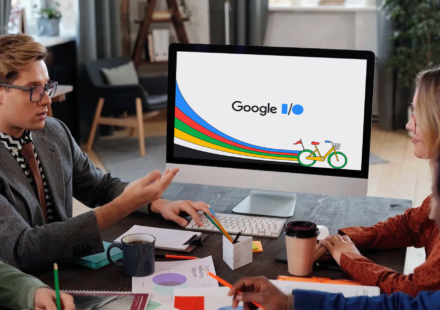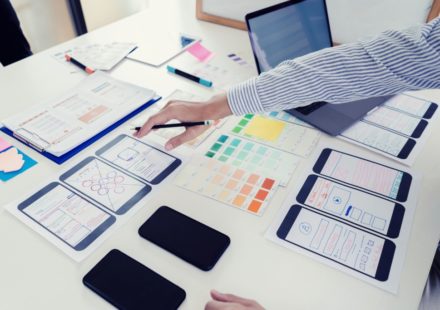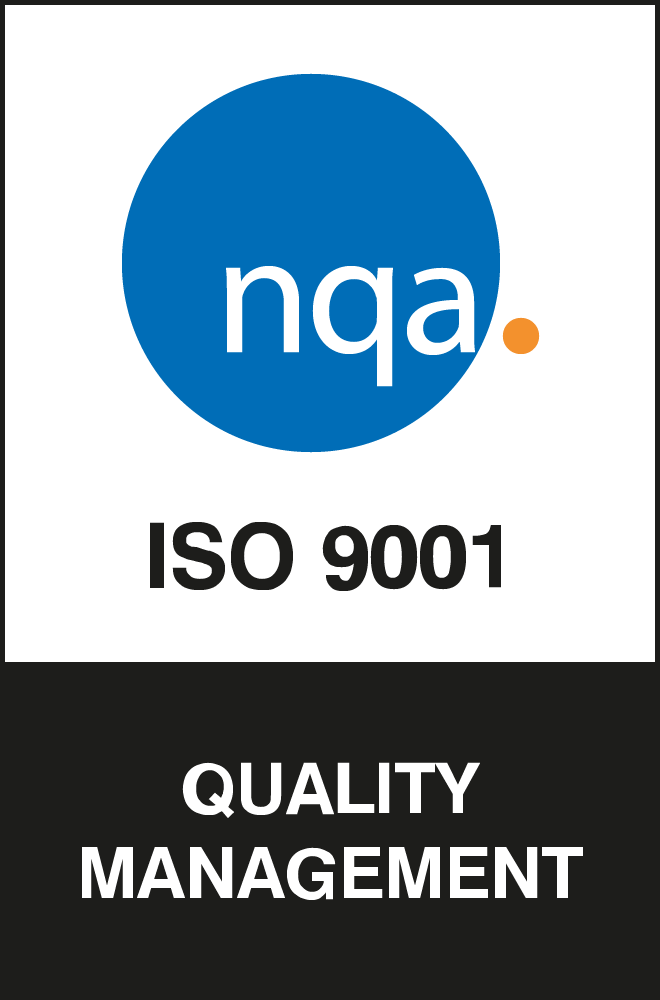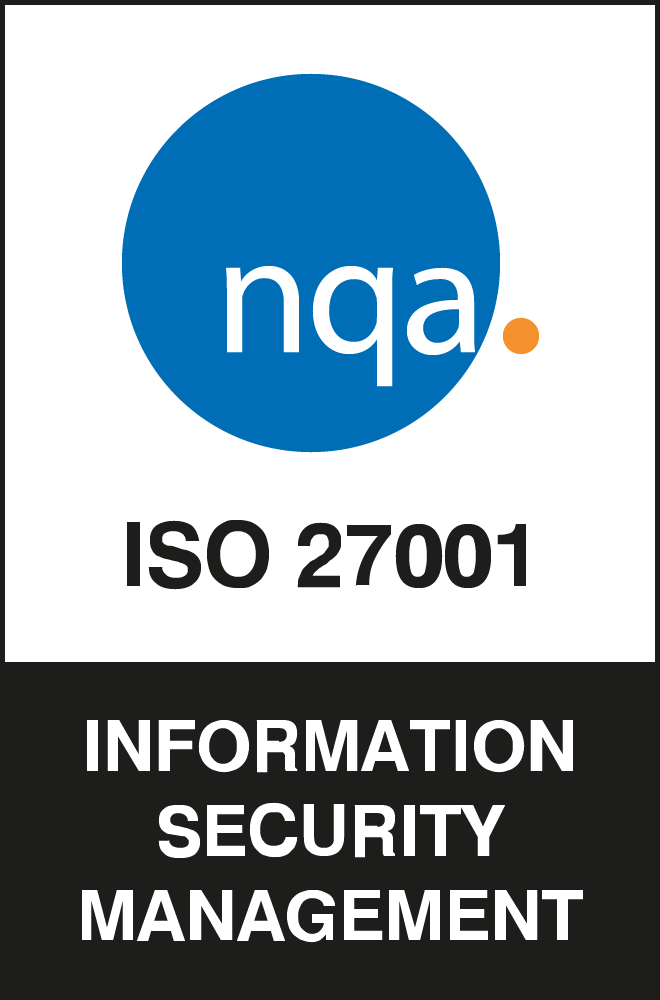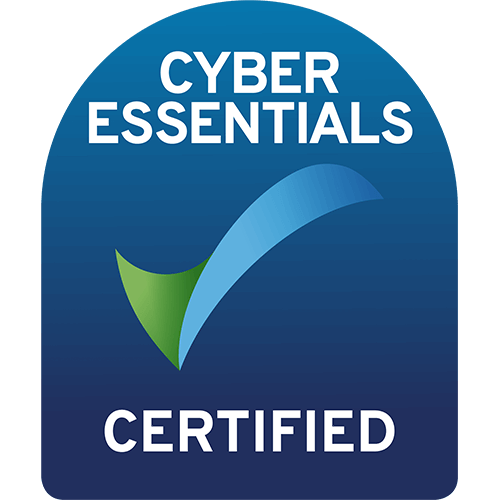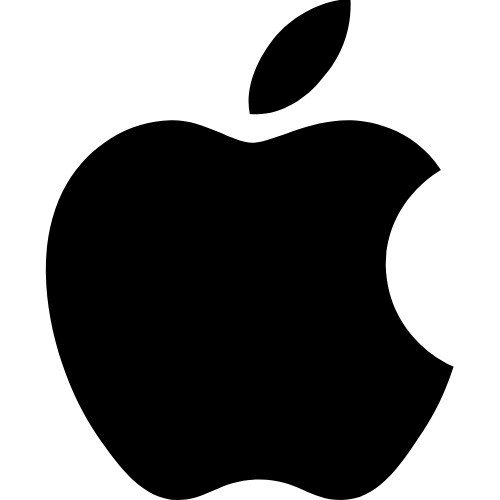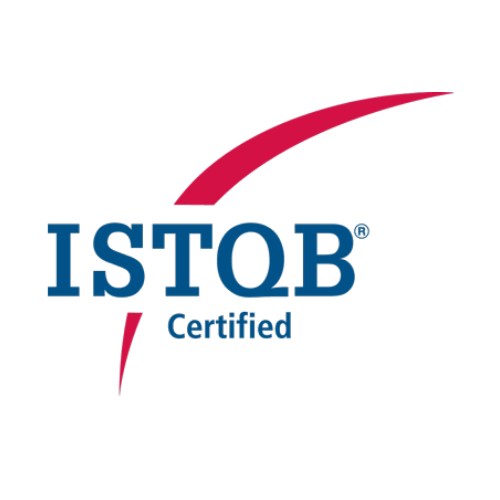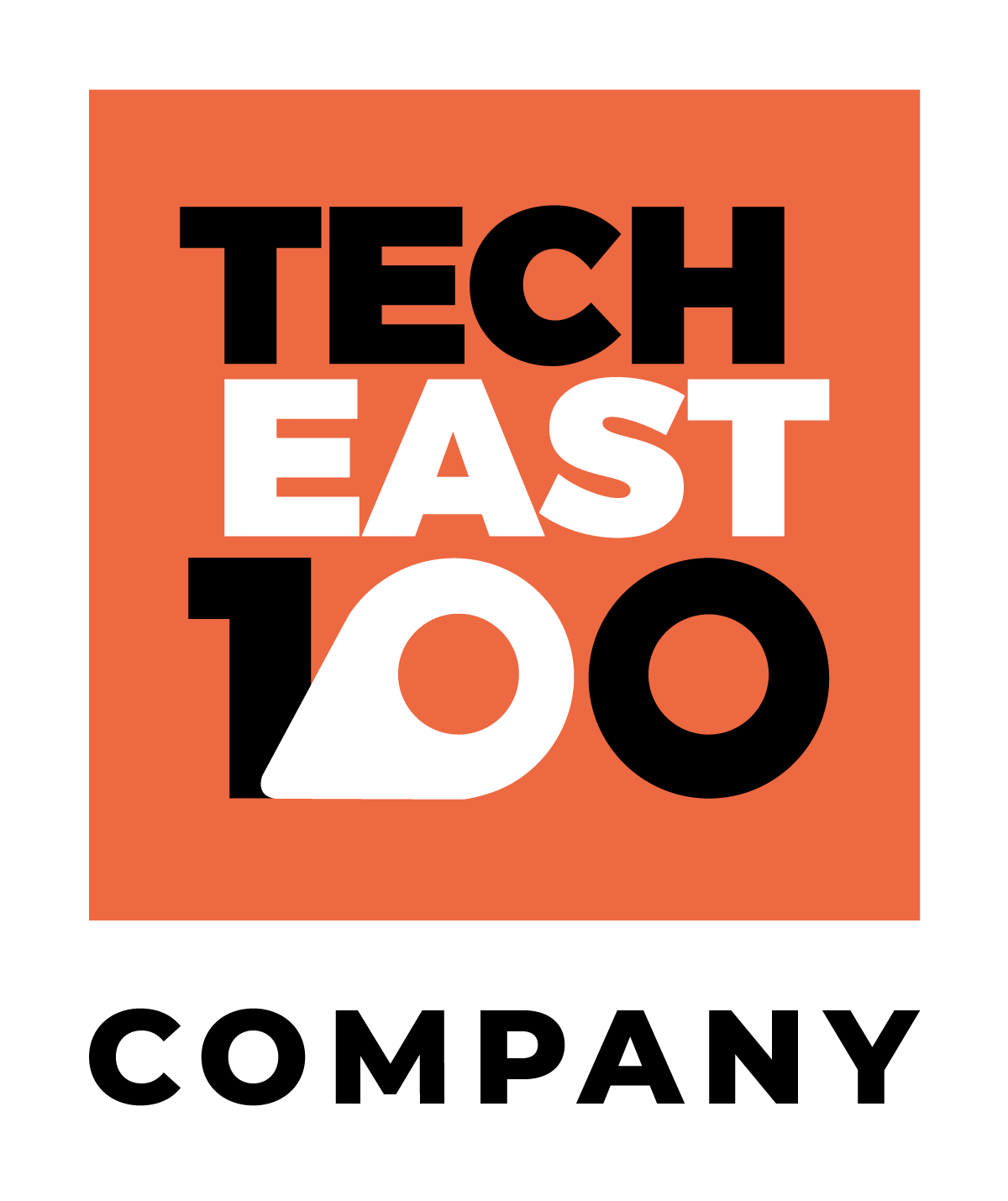Right now, digital contact tracing apps are a highly contested topic, with many people questioning their effectiveness and criticising their functionality. This article will take you through everything you need to know about digital contact tracing apps including:
- What is digital contact tracing?
- Digital Contact Tracing Methodologies
- History of Contact Tracing Apps
- Covid-19 Digital Contact Tracing Apps Worldwide
- Digital Contact Tracing Ethics
- Digital Contact Tracing Issues
- Benefits of Digital Contact Tracing
- Should you be using digital contact tracing?
What is digital contact tracing?
Digital contact tracing involves using modern technology, primarily via mobile devices and Bluetooth technology, to enact the vital process of tracking down and determining contact between infected individuals and other members of the public.
Currently, it is helping government health organisations track down all of the people a newly identified Covid-19 patient has been in contact with in the past 14 days so that these potentially infected individuals can self-isolate or get tested themselves if required. For the Covid-19 pandemic, countries across the world have begun to make use of digital methods on a large scale to carry out this important operation.
When carried out correctly and efficiently, digital contact tracing becomes the key to subduing outbreaks of any infectious disease, including Covid-19, and ultimately saving lives. However, as any data collection practise, there are inherent risks and for the apps to be viable, these risks must be outweighed by the benefits they bring.
Digital Contact Tracing Methodologies
Digital contact tracing apps employ Bluetooth technology to send out a unique signal with an anonymous ID attached to it from each phone that has the app downloaded and receive the signals sent out by other phones that have the app downloaded.
Based on these signals, the app can determine which phones have been nearby so that if an app user were to test positive for Covid-19 the people they have been in contact with and those who these contacts have been close to, can be notified to take any necessary action.
Earlier this year, Google and Apple released a specification for how mobile applications could make use of BLE to implement exposure notifications, as well as a set of APIs allowing interoperability between Android and iOS devices, which have digital contact tracing apps downloaded. Interoperability is a vital asset to digital contact tracing because if Android devices were unable to track contacts with iOS devices and vice versa, the whole system would become ineffective. Even more so because a majority of smartphones on the market today are either Android or iOS devices.
This is comparatively more advanced than manual contact tracing, which has limited efficacy as it only really works if Covid-19 patients can identify everyone they have been close to in the past two weeks, from there it’s also very difficult to trace who the patient’s identified contacts have since been close to and are potentially now at risk. Theoretically, digital tracing methods reduce this margin for error and can complete this task much more accurately.
History of Digital Contact Tracing Apps
In 2014 data collected via Bluetooth was seen to be effective for the first time, following on from research beginning in 2007 (IJNVO), when the idea of digital contact tracing was first conceived.
However further development from this point was slow due to the lack of need for such technology, widespread adoption is a key part of digital contact tracing and without a real reason for the population to start taking such measures, there wasn’t much that researchers could do in the way of advancements.
This was until this year’s Covid-19 pandemic when countries across the globe began to develop the concept further and make use of digital contact tracing via mobile apps.
Covid-19 Digital Contact Tracing Apps Worldwide
Singapore
On the 20th of March, Singapore became the first country to release a nationwide digital contact tracing app, TraceTogether led the way for other governments across the globe. Users are required to enter personal information about themselves such as their phone number or national registration number upon initial setup. The app uses Bluetooth to assess the proximity and duration of contact between app users, this information is stored on the app for 25 days. When a patient tests positive for Covid-19, the Ministry of Health will request the information stored on the user’s app to trace their activity over the past 14 days, there is a legal requirement for users to give up this information. For most of the population download of the app is not mandatory, except for specific groups such as migrant workers.
Singapore’s ‘TraceTogether’ app was later complemented by the release of wearable Bluetooth devices or tokens for those who do not have smartphones phones in order to combat low download rates. These devices work in the same way as the contact tracing app does, recording contacts with other users for up to 25 days. The only difference is that if a token user were to test positive for Covid-19, they would have to return the token to the authorities as they aren’t able to transmit data over the internet, as the app would.
Together, the app and token have ensured that over half of Singapore’s population are cooperating with the government’s digital contact tracing programme.
The U.S.
In the U.S., there isn’t a nationwide digital contact tracing app plan in place, instead, the responsibility to launch these apps lies with individual state authorities. At the beginning of October, New York became the largest state in America to launch a digital contact tracing app, called ‘Covid Alert NY’. Following the same basis as the apps launched in states like Virginia, North Carolina and Arizona, ‘Covid Alert NY’ uses Apple and Google’s aforementioned tool to alert users when they have been within six feet of someone who has tested positive for Covid-19. At the moment, 10 U.S. states have launched digital contact tracing apps and seven more have planned to launch their own soon. However, the number of downloads could be cause for concern for some state apps, such as Virginia’s app ‘COVIDWISE’ which was only downloaded by roughly 5% of the population in the first month following its release at the beginning of August.
A positive step for digital contact tracing apps in the U.S. is the development which allows apps from different states, like those launched in New York and Delaware for example, to communicate with each other. This means that contacts between users who have different state apps can now be recorded, mitigating concerns raised about the app’s usefulness for people who travel across state borders.
Another innovative solution gaining momentum in the U.S. is the NOVID app which was first developed for use in Allegheny County, Pennsylvania, Georgia Tech, Grand Valley State University, the city of Las Vegas, New Mexico and Long Abdullah University of Science and Technology but is now available for public use. The key difference between this app and others on the market is that it offers pre-exposure notifications as well as post-exposure notifications, which allows users the opportunity to visualise the spread of the virus through their social groups.
The app works by using a combination of Bluetooth and ultrasound to measure more accurate distances between app users and displays this to them in real-time. NOVID utilises smartphone microphones to focus on ultrasonic frequencies which give more accurate distance measurements and helps reduce the false-positive rate of Bluetooth signals. The app doesn’t request any personal details from the user upon setup and although it requires location permissions to be granted in order to facilitate the use of Bluetooth, the location data is never used and is not stored locally or remotely.
Users can anonymously report if they have received a positive test result, the app then traces interactions between its users, analyses their durations and sends alerts to those who are at risk of exposure. The app also informs users up to 12 relationships away and how close the positive test is to them in terms of degrees of separation. With this information, users can preempt the pattern and speed of the virus’ spread between the people they come into contact with frequently (all of which are anonymised) and make proactive choices about their future actions and the level of contact they have with those outside of their immediate social bubble.
The NOVID app is based on the idea that if we are all more informed about the spread of the virus, we can make smarter decisions and control it more effectively.
However, one criticism is that the app doesn’t communicate with other digital contact tracing apps so its usefulness is limited until it is adopted by a large percentage of the population.
China
China’s contact tracing app makes use of augmented reality technology to allow users to scan QR codes, which bring up a list of questions about any symptoms they may be having.
From there the app calculates how at risk the user is of being infected with Covid-19 and generates a colour code for them, which they are obligated to show authorities when asked. If the user has amber or red status, they may be permitted from boarding public transport, for example.
In a similar way to how the U.K. contact tracing app works, anyone who has been in contact with someone who has been assigned to the high-risk category is notified and advised on the next steps to take.
However, one key difference is that in China, the app is not anonymous and is mandatory for citizens.
Ireland
Looking a little closer to home, Ireland’s contact tracing app has one of the highest adoption rates in the world at 37%, (MIT Technology Review) and works in conjunction with the country’s manual tracing system.
In Ireland, when a patient tests positive for Covid-19 they’ll be asked who they know they have been in contact with (i.e. friends or family members they have spent time with recently) and then whether they use the app if they do, the data collected by it will be used to warn anyone else who the patient might not have been able to identify (i.e. a stranger who sat near to them on public transport) that they may potentially be at risk of contracting the disease.
This approach aims to cover all bases by identifying known contacts manually and unknown contacts digitally.
Australia
Based on Singapore’s Trace Together app and with two million downloads in the 24 hours following its launch, Australia’s ‘COVIDSafe’ app stores information input by the user such as name, age range, postcode and phone number on a central server, which is then anonymised and only identifiable with a temporary ID that changes over time to avoid any malicious use by external parties.
If an app user were to receive a positive test result, health authorities would request this data to alert contacts of any potential risk posed to them. One issue with Australia’s track & trace app, however, is that it doesn’t work on smartphones, which operate with software older than iOS 10 or Android 6.0. This poses obvious issues for the tracking capabilities of the app due to a reduction in the number of individuals that data can be collected from.
New Zealand
New Zealand’s contact tracing app, NZ Covid Tracer, was released on the 20th of May and differs from the above apps because it is based largely on users scanning unique QR codes at the different locations they visit which are then logged within the app. If a user were to test positive, health authorities would request a list of the locations the user has recently visited, along with the amount of time they think they spent at each place. From there, assessments will be made to decide whether the establishments the user visited need to be contacted for a full list of visitors so that they can be alerted of any potential risk.
One issue with this is that it relies heavily on the user remembering to scan the QR code at each shop, bar, restaurant or another establishment they visit as well as remembering how long they spent there.
United Kingdom
The U.K.’s contact tracing app was released in September 2020. It allows users to check-in to different locations and venues using the unique QR codes displayed there. Other features of the app allow users to be notified of any potential contacts with people who have tested positive for Coronavirus, monitor the level of Coronavirus risk in their local area (postcode), view a list of Coronavirus symptoms, order a test and keep track of the time they need to self-isolate.
The app has since come under scrutiny for numerous bugs and technical issues – but since the code is open source – companies like Coderus are able to contribute to it and improve it.
Digital Contact Tracing Ethics
To ensure that digital contact tracing remains ethical, several measures should be observed according to the World Health Organisation, some of these include:
- Data Minimisation
- Restricted Use
- Transparency
- Security
- Accuracy
Learn more about what these entail below.
Data Minimisation
The amount of data collected and stored by contact tracing apps and their authorising bodies should be kept to an absolute minimum, limited only to the essential data, which is required for the system to operate effectively.
Restricted Use
To keep the interests of the public at the forefront of digital contact tracing apps, the data collected through them should never be sold, used for commercial purposes or shared with law enforcement agencies.
Transparency
Contact tracing app users should be fully informed about the nature of the data being collected, how it will be stored, the duration of this storage and who (if anyone) this information is to be shared with. Alongside this, information regarding how the app algorithms predict who is at risk of catching Covid-19 should be transparent.
Security
High-security measures should be implemented, along with the encryption of any personal data that is collected throughout the track & trace process. Developers of these apps should publicly publish information detailing their security protocols.
Accuracy
The algorithms, which process the data collected by the app and assess how high the level of risk is for a particular user need to be reliable, verified and validated. It’s suggested that these apps should be open to third party testing and the quality of data should be assessed to prevent any potential bias, which could lead to unlawful or arbitrary discrimination.
Digital Contact Tracing Issues
Some general issues relating to digital contact tracing apps irrespective of the country they operate within include:
- Reduced Efficacy in Areas with Reduced Numbers Levels of Smartphone Ownership
- Inconsistent Proximity Measuring
- Data Privacy Concerns
- Lack of Published Data
- Being Reliant on Adequate Testing Capacity
- Wireless Interference
Read our expansion on some of these contact tracing issues below.
Reduced Efficacy in Areas with Reduced Numbers Levels of Smartphone Ownership
The apps require technology only available in newer smartphones to operate, which of course means members of the population who use older phones are excluded from the data collection process. However, iOS and Android use the same protocol and can talk to each other due to interoperability.
Inconsistent Proximity Measuring
Because of the way Bluetooth measures distance, users who live in densely populated areas like high rise apartment buildings, for example, might seem to the apps that they are close together or in the same room since the app cannot detect that there is a wall separating them. Aside from this, variables such as air temperature can affect how well the signals transmitted by digital contact tracing apps are received.
Data Privacy Concerns
Many concerns have been raised in relation to data privacy and the conclusions governing bodies can draw from said data if given access. Some app users worry that they are exposing themselves to extra surveillance under the government. However, the NHSX has made their app open-source to help deal with this as others can review and comment.
Lack of Published Data
At present, there is no published data, which outlines the effectiveness of contact tracing apps in reducing transmission. Modelling studies have suggested that apps like NHS Track & Trace could reduce the rate of transmission but there isn’t currently any published data to prove this.
Being Reliant on Adequate Testing Capacity
Another drawback of contact tracing apps is that their success is massively reliant on the area they operate in having adequate testing capabilities. If users cannot access tests efficiently, the app won’t be able to alert other users that they’ve been in contact with someone who has tested positive for Covid-19. For obvious reasons, the two go hand in hand – if there isn’t sufficient capacity for testing, fewer diagnoses can be made leading to a drop in contacts that can be traced, reducing the usefulness of the app significantly.
Wireless Interference
Wireless interference can cause Wi-Fi and Bluetooth devices to disconnect or perform poorly and can be caused by a range of things from power cables, microwave ovens, fluorescent lights, wireless video cameras and cordless phones. Another example, which is often overlooked are phone cases that could cause interference. Phone cases with metal or magnetic clips can block or interfere with radio signals – thus causing issues with Bluetooth and other similar tracking technologies.
Benefits of Digital Contact Tracing
Despite some of the issues with digital contact tracing, there are benefits including:
- Reduced Margin of Error
- More Efficient Notifications
- Reduced Strain on Time and Resources
Read more about some of the benefits of digital contact tracing below.
Reduced Margin of Error
While traditional contact tracing relies on people who have tested positive for Covid-19 being able to remember everyone who they have come into contact with in the past 14 days, digital contact tracing apps remove this potential road-block. When operating optimally, contact tracing apps will be able to complete this task without depending on a patient not just remembering, but being able to identify everyone they have been in contact with.
More Efficient Notifications
Another issue mitigated by digital contact tracing is the delay typically experienced with manual contact tracing, in notifying those people who have been exposed to Covid-19 that they are at risk of becoming ill with Coronavirus. With an app, alerts can be sent directly to the user’s phone as soon as they are identified as being at risk as opposed to a manual system whereby operators would have to contact each person individually which would, of course, take longer, delaying quarantine and risking further avoidable exposure.
Reduced Strain on Time and Resources
As alluded to above, digital contact tracing is much more time and resource-efficient, involving significantly less human input. Where manual contact tracing methods would require a large team of employees to call each contact and inform them of the next steps they need to take, apps can transmit this information digitally.
Should you be using contact tracing apps?
All things considered, digital contact tracing apps have the potential to make a huge dent in the number of cases of Covid-19 we have at any given moment. Although we have identified some potential areas for improvement which we will be covering in our next blog, iOS or Android apps such as these can contribute greatly to improving the level of control we have over public health.
If you have got an idea for an app that could help people manage or improve their health, please get in touch with us at Coderus so that our expert development team can assist you in reaching this goal.

